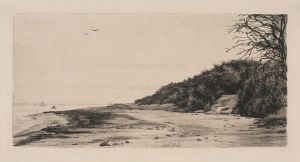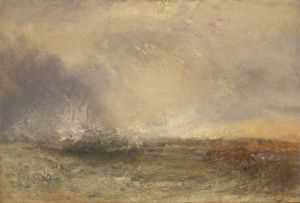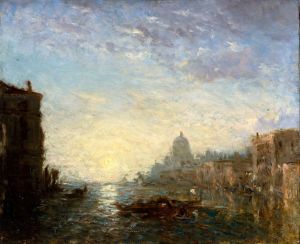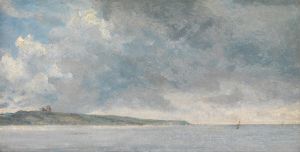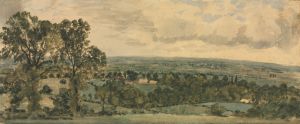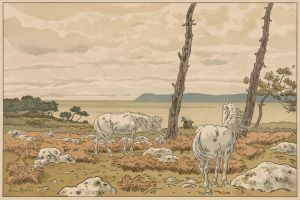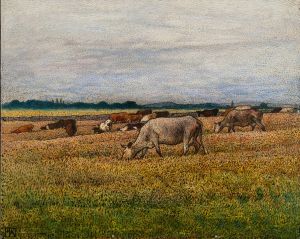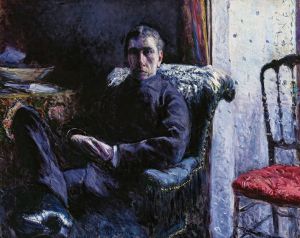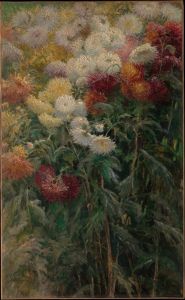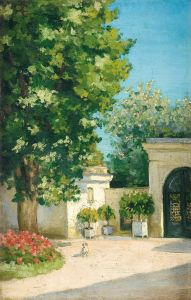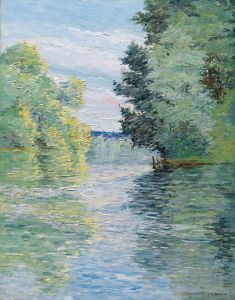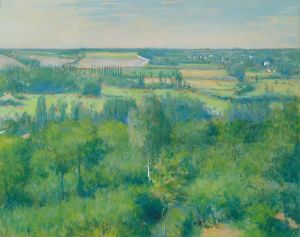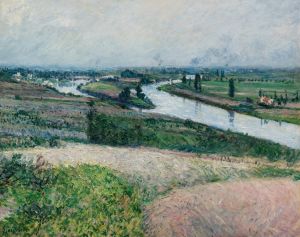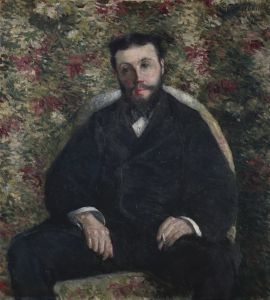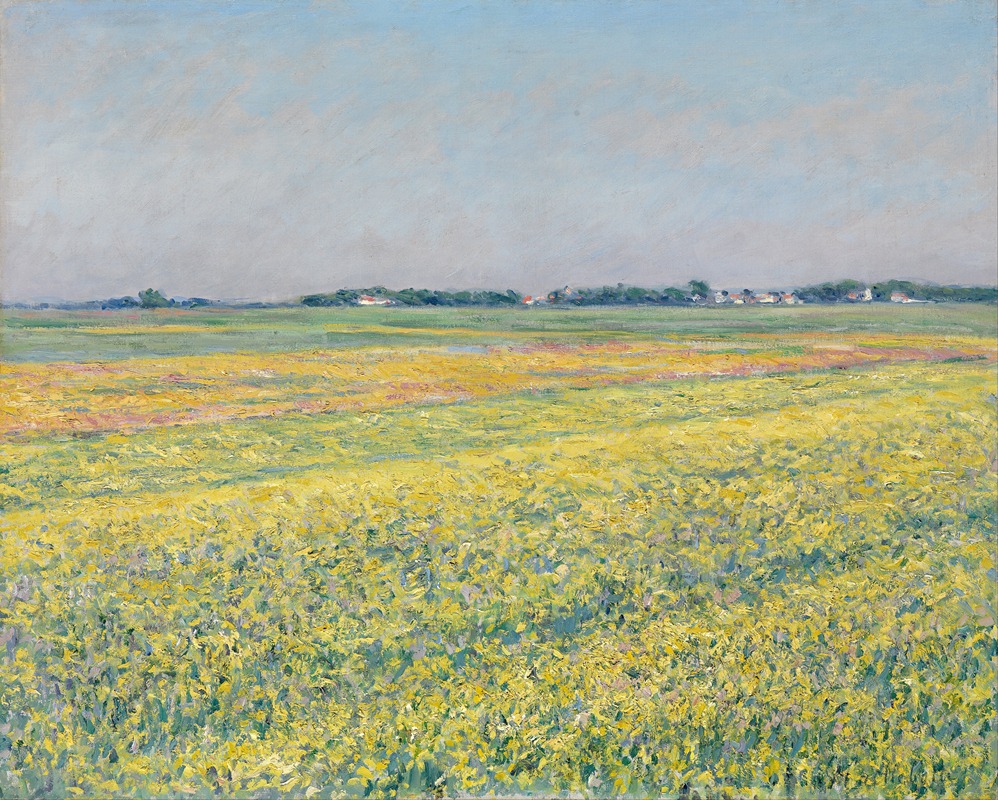
The plain of Gennevilliers, yellow fields
A hand-painted replica of Gustave Caillebotte’s masterpiece The plain of Gennevilliers, yellow fields, meticulously crafted by professional artists to capture the true essence of the original. Each piece is created with museum-quality canvas and rare mineral pigments, carefully painted by experienced artists with delicate brushstrokes and rich, layered colors to perfectly recreate the texture of the original artwork. Unlike machine-printed reproductions, this hand-painted version brings the painting to life, infused with the artist’s emotions and skill in every stroke. Whether for personal collection or home decoration, it instantly elevates the artistic atmosphere of any space.
Gustave Caillebotte, a prominent French painter associated with the Impressionist movement, created the artwork "The Plain of Gennevilliers, Yellow Fields" (French: "La Plaine de Gennevilliers, Champs Jaunes") in 1884. This painting is an example of Caillebotte's dedication to capturing the natural beauty of the French countryside, particularly the landscapes surrounding Paris.
The painting depicts the plain of Gennevilliers, an agricultural area located northwest of Paris, near the Seine River. During the late 19th century, this region was known for its fertile fields and rural charm, which contrasted with the rapid urbanization of Paris. In this work, Caillebotte portrays the vast expanse of yellow fields, likely representing crops such as wheat or rapeseed, under a bright and expansive sky. The composition emphasizes the horizontal lines of the landscape, creating a sense of openness and tranquility.
Caillebotte's approach to this painting reflects his interest in both Impressionism and Realism. While he adopted the Impressionist technique of capturing light and atmosphere, his works often exhibit a more structured and precise style compared to some of his contemporaries. In "The Plain of Gennevilliers, Yellow Fields," the use of vibrant colors and attention to detail highlight his ability to balance these artistic influences.
Caillebotte was not only a painter but also a patron and supporter of the Impressionist movement. He played a significant role in organizing and financing Impressionist exhibitions and was a close friend of artists such as Claude Monet, Pierre-Auguste Renoir, and Edgar Degas. Despite his contributions to the art world, Caillebotte's work was somewhat overlooked during his lifetime, as his style did not fully align with the more experimental tendencies of some of his peers. However, his reputation has grown significantly in the 20th and 21st centuries, and he is now recognized as an important figure in the history of modern art.
"The Plain of Gennevilliers, Yellow Fields" is part of Caillebotte's broader exploration of landscapes, a subject he frequently painted during the later years of his career. This work exemplifies his ability to capture the serene beauty of rural France while also showcasing his technical skill and unique artistic vision. Today, Caillebotte's paintings, including this one, are celebrated for their contribution to the development of modern landscape painting.





